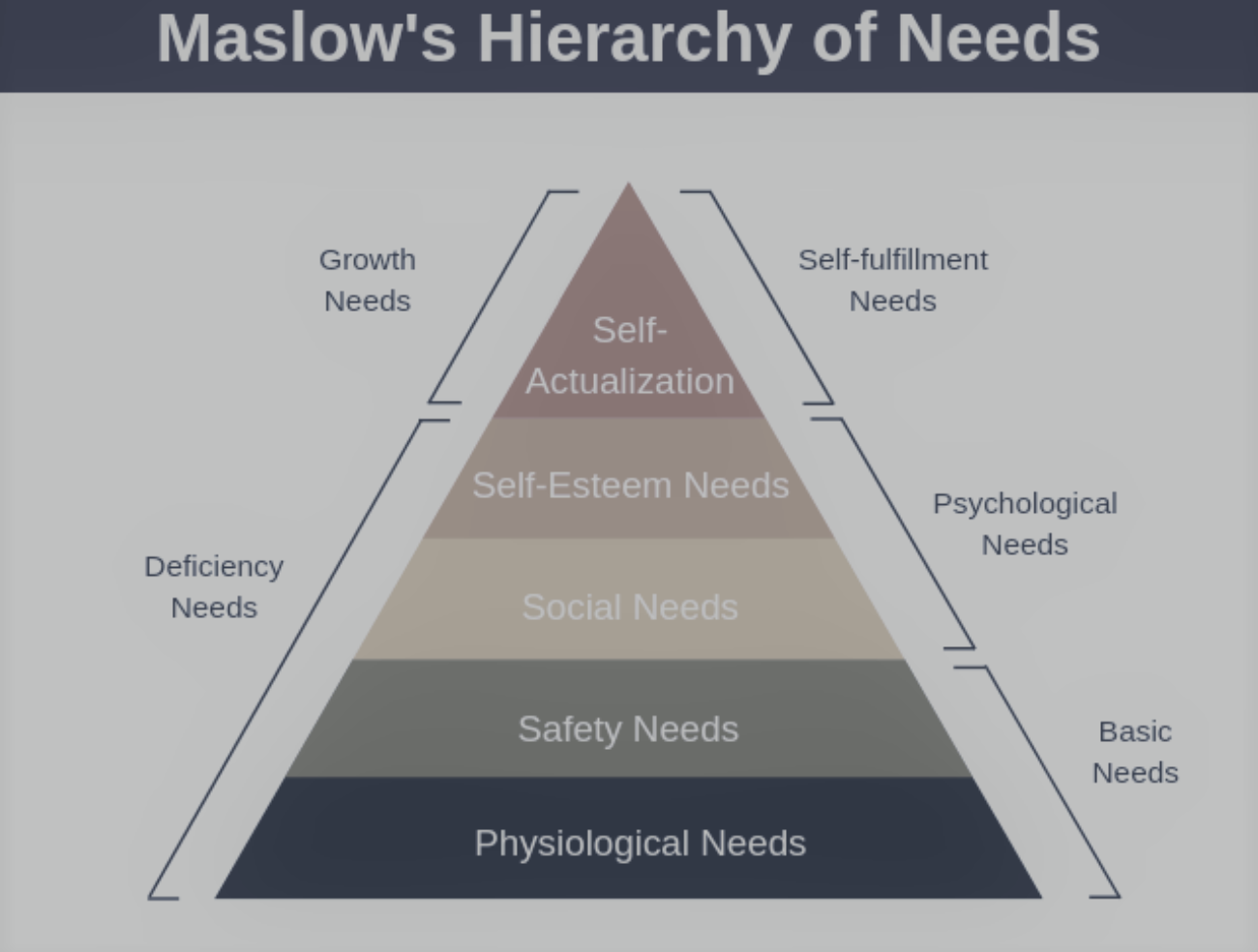
Leaders need to know about psychological safety
30 January 2021

-
Recently, we held a Round Table-discussion with several ICT managers about the challenges of today's' ICT leaders.
One of the things that came up was the fear of failure in teams. Not daring to stick your neck out, to make mistakes, to ask for help, to challenge perspectives, and to push back indicate you work in a psychologically unsafe environment.
Much has been said about psychological safety since Amy Edmondson of Harvard resurrected the phrase from its dormant status in scientific psychology research.
-
What is psychological safety?
-
Psychological safety has an important relationship with diversity, inclusion, and belonging.
Expert on Diversity & Inclusion, Michèle Mees of Inclusion Now explained at the last Ambits Mentor Board what the phenomenon means.
-
What are the benefits of a psychologically safe environment?
-
Google identified psychological safety as the number one thing underpinning the most successful teams at the company. It was not intelligence or creativity or whether members attended elite schools — it was how psychologically safe the team was.
Research by Harvard clearly shows that organizations with a higher level of psychological safety perform better on almost any metric or KPI than organizations with a low psychological safety score.
The most important advantages of a psychologically safe workplace:
- Increases in employee retention and attrition
- Fosters inclusion and empathy
- Boosts creativity, innovation, and collaboration
- Promotes workplace happiness
- Improves organizational performance
-
How can you as a leader increase psychological safety?
-
- Treat others as they’d like to be treated
- Ask questions with the intention of learning about personal work style and preferences
- Respect those preferences
- Build rapport by talking with your co-worker about their lives outside of work
- Lead by example, authentic and vulnerable
- Respond appreciatively and constructively
- If you say you’ll do it, do it
- Solicit and acknowledge input, opinions, and feedback
- Don’t interrupt or allow interruptions
- Avoid placing blame
- Acknowledge your mistakes and forgive others’ mistakes. Nothing kills psychological safety quicker than a negative reaction to an error
- Invite to challenge your perspective and push back
- Embrace curiosity and stimulate creativity
- Encourage welcoming all ideas and taking risks
- Embed learning from failure in your processes. Intelligent failure is an important aspect of success
- Promote effectiveness, not efficiency
- Focus on solutions
- Foster ownership over goals
- Treat others as they’d like to be treated
-
- “
-
Failure is not all bad. It’s how we learn, innovate, and grow.
-
Is your leadership style supportive of a psychologically safe environment?
-
Many managers seem not to be aware that running hierarchically and bureaucratically organizations with a command-and-control style is an outdated recipe. Removing trust-destroying and demeaning practices, and establishing a default trust culture is not an easy task.
Ideally, you should evaluate and develop your leadership style in partnership with a mentor.
- We gather feedback from your working environment to explore how you display the characteristics that support psychological safety
- Then we build a development plan focused on helping you become a leader who fosters psychologically safe environments.
Ready for this transformative leadership challenge?
-
-
-
Manager types
-
Who are you?
-
-
Ambits offers business mentoring to different audiences. Our mentor community is equipped to help them with their specific leadership challenges. Discover below what Ambits can do for you.
-








